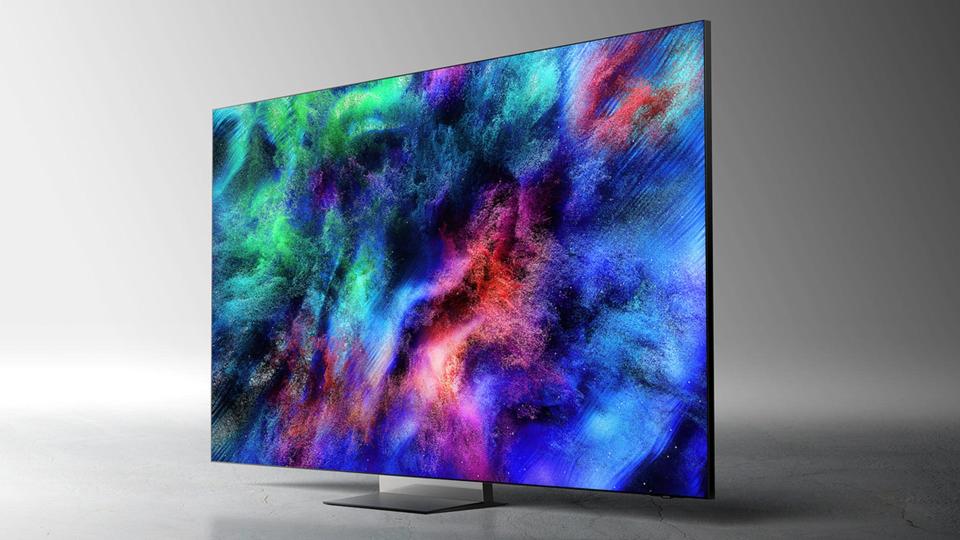Tekken 8's introduction of a colorblind filter aimed at aiding gamers with visual impairments has received significant backlash from the disabled community. Although intended as an accessibility feature to help distinguish elements such as opponents and health bars, the filter reportedly causes nausea, migraines, and vertigo for some players. The issue gained attention after a video demonstrating the filter was shared by Twitter user SJS | Gatterall, and has since stirred up a debate within the community. With over 9 million views, the video features a match with a distinctive artistic style that aggravated symptoms for some players.
Accessibility experts like EA's Game Accessibility Lead Morgan Baker and accessibility consultant Ian Hamilton have publicly responded to the filter, highlighting the problems with the current implementation. In contrast, Tekken series Game Director Katsuhiro Harada has defended the filters, citing "positive feedback" and reminding that they were not claimed to cover all players' color vision needs. Tekken 8, developed by Bandai Namco, is scheduled for release on January 26, 2024, for PlayStation 5, Xbox Series X/S, and PC.
How are Tekken 8's colorblind filters affecting players?The colorblind filters in Tekken 8 are causing adverse reactions for some players, including migraines, nausea, and vertigo, which has led to concerns about the safety and efficacy of such accessibility options.
Tekken 8 is the latest entry in the long-running fighting game franchise developed by Bandai Namco. The Tekken series is known for its complex fighting mechanics, diverse character roster, and engaging storyline. Tekken 8's development and upcoming release are highly anticipated by fans who look forward to seeing how it advances the series' legacy, both in terms of gameplay and technological innovation. The inclusion of accessibility features like colorblind filters demonstrates a growing awareness in the gaming industry to accommodate the needs of all players, although this particular implementation has sparked an important conversation about how such features should be properly designed and tested.








Comments
Man, it's a real bummer when a step towards inclusivity ends up causing a different set of problems. Props to Tekken 8 for trying to cater to colorblind players, but it sounds like they've gotta head back to the drawing board and fine-tune those filters with actual player feedback.
It's super cool that Tekken 8 is thinking about players with visual impairments, but it seems like there's a bit more tweaking needed to nail that colorblind filter without causing a whole new set of troubles. It's a tricky balance, but I'm hopeful they'll listen to the community and get it right—accessibility should always improve the gaming experience, not make it harder. 🎮🌈
Tekken 8's attempt to punch up accessibility with their colorblind filter ended up with them taking a few hits instead. It's a reminder that even well-intentioned features need thorough testing and community feedback to avoid a knockout blow from unintended side effects.
It's a bumpy road trying to make games more accessible, but it seems like Tekken 8's good intentions hit a snag with their colorblind filter. Here's hoping Bandai Namco takes this feedback as a chance to tweak things and set a new standard for inclusivity in gaming.